It’s safe to say that when people are asked about the Titanic, they can immediately respond and identify the tragic sinking. However, many people cannot identify the Lusitania, which would seem to be the more significant event in history.
It’s been 100 years since the Lusitania sank on the Irish coast after being struck by a torpedo from a German U-boat. After being struck the first time, it was struck again a second time, a mystery still unexplained to this day. There were 1,959 people on board and 1,198 died that day.
In the coming months, there will be a commemoration ceremony of this event. Over 10,000 people are expected to attend; among these will be Ireland’s president, Michael D. Higgins. Others will include ambassadors from Britain, America, and Germany, as well as the Defense Minister of Ireland.

On the day of the commemoration, there will be a whistle blown at 2:10, which is the exact time the Lusitania was struck. The ceremony will include a moment of silence, blessings and hymns, and a wreath-laying for the men and women who attempted to help the survivors and recover the bodies of the dead. Over 150 of the victims are buried in one cemetery, Kinsale’s Old Church Cemetery.
Although both ships came to tragic ends, the Titanic is still the more well-known and seems the worse of the sinkings. Many believe that this is most likely due to the popular movie about it released in the 1990s. There have been many theories put forth by scientists as to why the story of Titanic is recognized more than that of Lusitania. There is also a list of reasons why the Lusitania should get as much recognition, if not more.
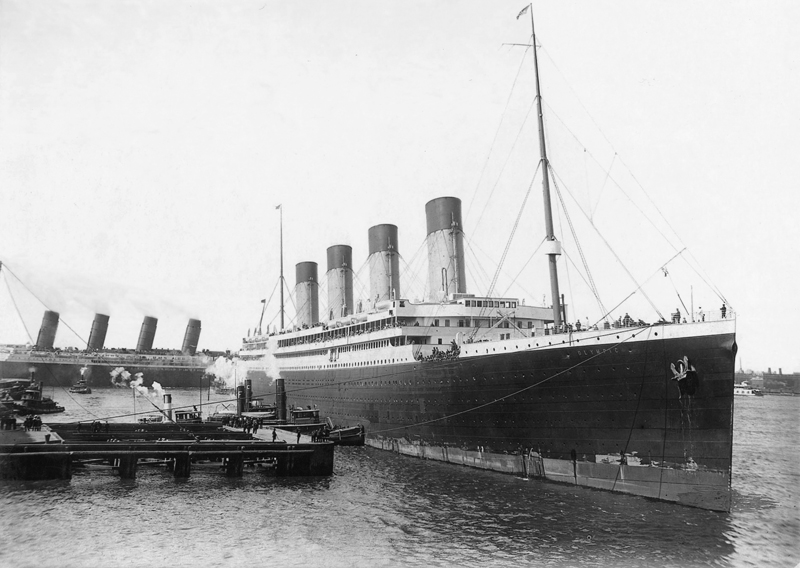
Titanic sank during a time of peace, while the Lusitania was crossing the ocean in the midst of WWI British/German hostilities. Although both ships were built tough and could endure many things, the Lusitania was obviously built to take a little more than the Titanic, being a war ship. The British government believed the Lusitania could have been converted into an Armed Merchant Cruiser if needed.
Many people tend to ignore that the Titanic loss was due to the captain and crew wanting to make the voyage in record time. Perhaps they were more careless and that is why they did not see the iceberg before crashing into it.
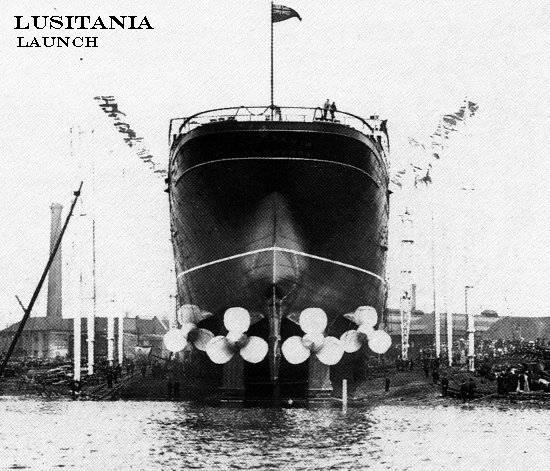
But the Lusitania and its crew are not in the clear either – it had warnings nine days before the ship even set sail. The German Embassy warned passengers about to get onto the Lusitania about Germany’s unrestricted submarine warfare. Fifty American newspapers published this warning. The article did cause uneasiness, but everyone chalked it up to an intimidation method and brushed off the danger. The captain of the Lusitania even said that it was a great joke.
After a week of warnings the captain was then called into the New York offices and was questioned about whether or not it was safe to travel at such high speeds, given what had happened to Titanic. The captain was not impressed by the danger and went ahead with his plans for sailing the ship on schedule.
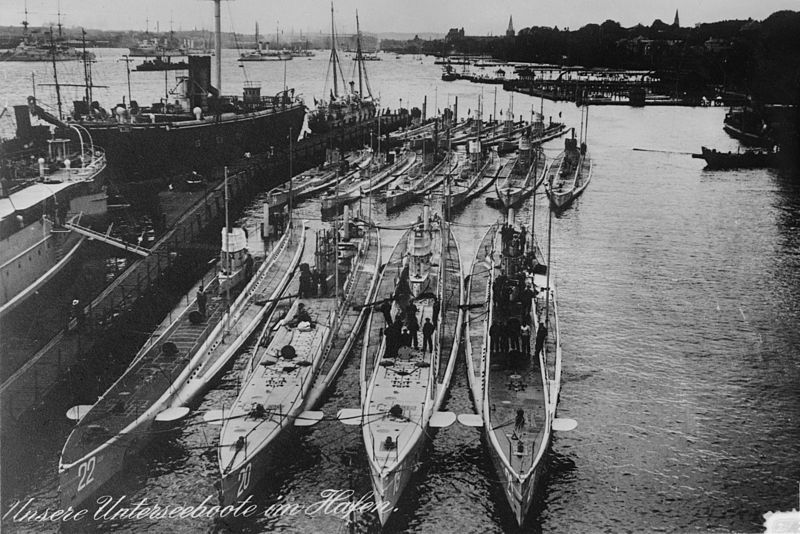
On May 6 Lusitania entered the war zone – a submarine was already in the water and had sunk two steamers and a schooner off the coast of Ireland. The captain and crew ignored this, and that very submarine would be the same one to sink the Lusitania. Britain knew the exact location of the U-boat before it had found the Lusitania, but did nothing about it and did not even offer any military help.
The Titanic took two hours and 45 minutes to sink, which allowed people to save themselves or help others in need. The Titanic’s crewmen decided that all women and children should get first priority to evacuate in the lifeboats.
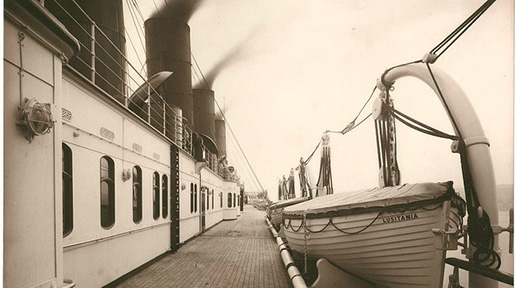
Having enough lifeboats for each passenger, unlike the Titanic, those on the Lusitania had a sense of protection in case the boat did go down. While it took the Titanic longer to sink, giving people time to escape, the Lusitania sank in a mere 18 minutes, leaving the crew and passengers scrambling. The evacuation plan was dismissed, and there was added panic. Sadly, only six of the 48 lifeboats were used. There was little time to make use of them, and many were destroyed during the explosion.
Some of the history records imply that many of the boats splintered from the blast, killing dozens. Others lifeboats could not be set free from the deck after the explosion. Sensing that there wasn’t much time, people decided to jump into the freezing ocean. Some records indicate that even mothers with newborns jumped, having no other choice.
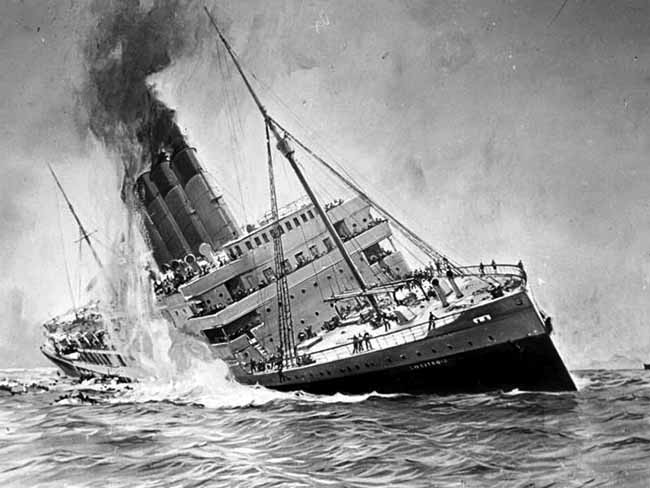
Rescue crews counted 1,200 dead, 124 of them children. There were 763 survivors due to the fact there were other ships in the area that were able to help them.
While the Titanic’s first-class passengers escaped and most survived, the Lusitania’s first-class fared the worst. Some of the people who died included one of the wealthiest men in America, Alfred Gwynne Vanderbilt, and Hugh Lane, the art collector. Some say that he was carrying some of famous paintings on the ship.
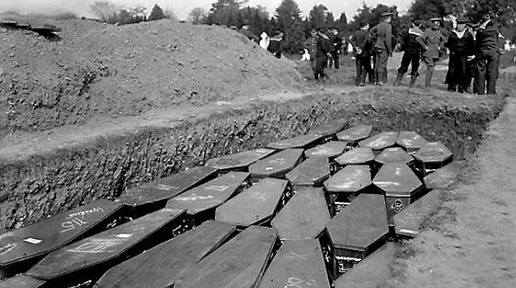
As the Titanic lies 12,500 feet below the water near Newfoundland, no country can claim it as their property due to the fact that it lies in international waters. Many countries have fought over the years to claim its salvaged items; it is now protected by UNESCO.
The Lusitania’s wreckage lies only 11 miles from the coast of County Cork and is only 300 feet below the surface. Although the ship is accessible for studying, no one can touch it due to the fact that it is owned by American Gregg Bemis. He’s owned it for nearly 33 years, having bought the salvage rights for a dollar.
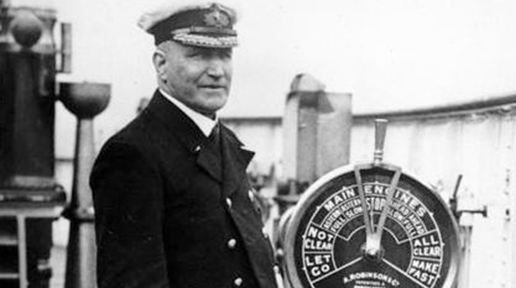
In the 1980s, a 12-nautical mile territorial limit law passed and was adopted by many countries, including Ireland. This means that the Lusitania falls under the jurisdiction of Ireland; if Bemis hires divers to investigate the boat, he needs approval from the Irish government.
The ship was carrying armed weapons, which could have been the reason the second explosion happened. However, Bemis is not able to view the ship and assess these dangers until Ireland gives him permission.
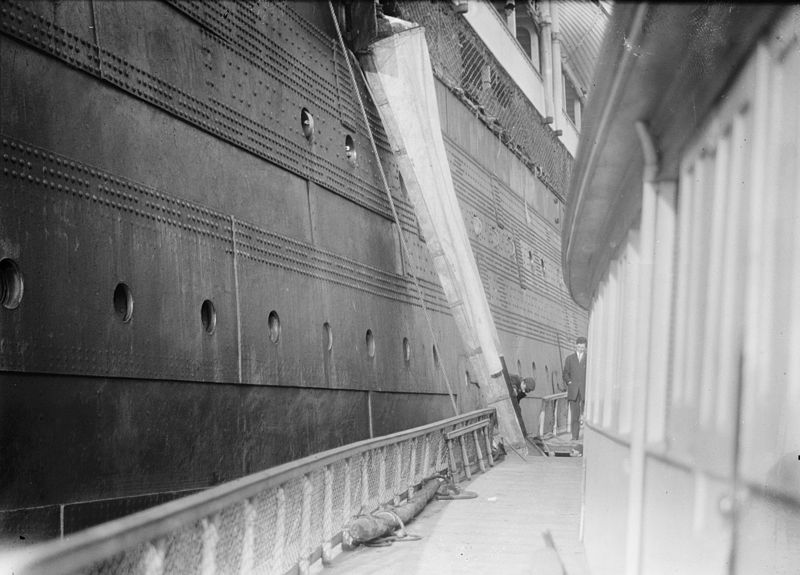
While it is wrong to compare the two ships as to which one fared worse, the Lusitania made history and is still important even though it’s the lesser-known disaster. While both incidents were horrific and many lives were lost, the Lusitania sinking was the tipping point for the U.S. Entry into WWI. Probably neither ship would have come to a bad end if the captains had paid more attention to their surroundings and the warnings that were given ahead of the tragedies.
